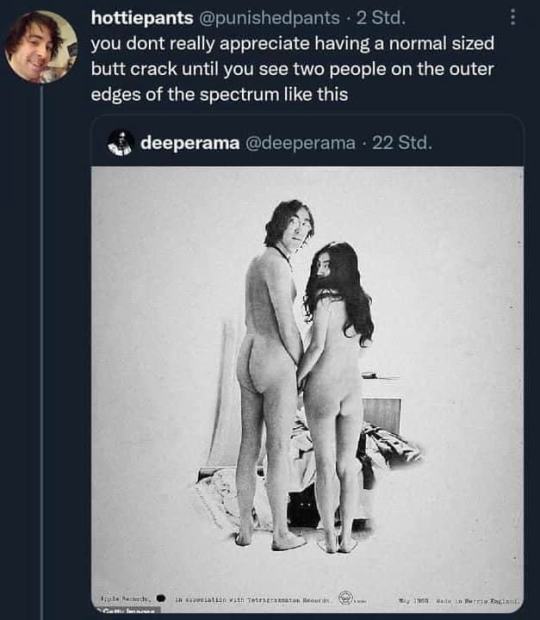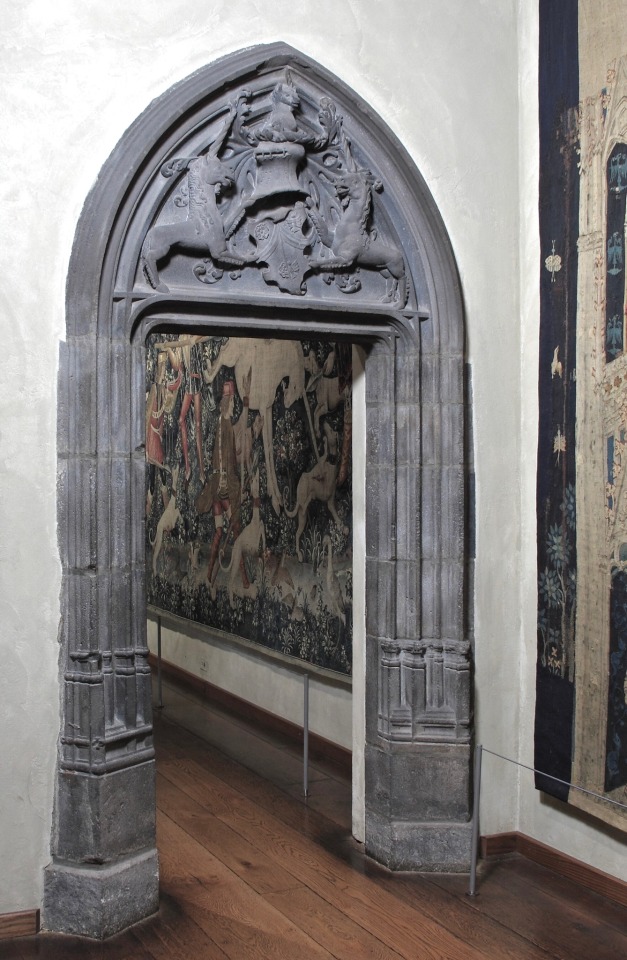Photo








Flowers in Film — ( 2 / ∞ ) 🌸
A Little Princess, Blue Velvet, Marie Antoinette, The Phantom of the Opera, Atonement, Big Fish, Star Wars: Revenge of the Sith, Sweeney Todd: The Demon Barber of Fleet Street
12K notes
·
View notes
Text

Guild sign of the nail forge
18. /19. Century
Iron, painted; double eagle and attached heart lined with many nails
IM Kinsky
2K notes
·
View notes
Photo

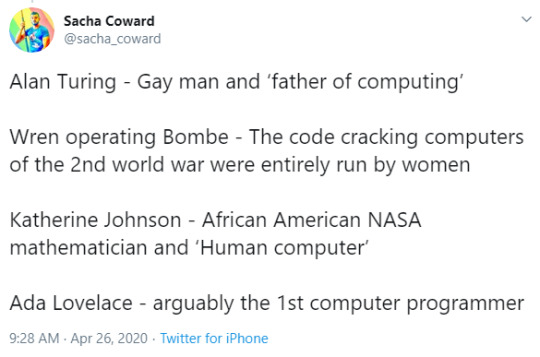


“I always remember having this fight with a random dude who claimed that ‘straight white men’ were the only true innovators. His prime example for this was the computer… the computer… THE COMPUTER!!! THE COM-PU-TER!!!
Alan Turing - Gay man and ‘father of computing’ Wren operating Bombe - The code cracking computers of the 2nd world war were entirely run by women Katherine Johnson - African American NASA mathematician and ‘Human computer’ Ada Lovelace - arguably the 1st computer programmer”
- Sacha Coward
Also Margaret Hamilton - NASA computer scientist who put the first man on the moon - an as-yet-unmatched feet of software engineering, here pictured beside the full source of that computer programme. #myhero
Grace Hopper - the woman that coined the term “bug”
- @robinlayfield
198K notes
·
View notes
Text
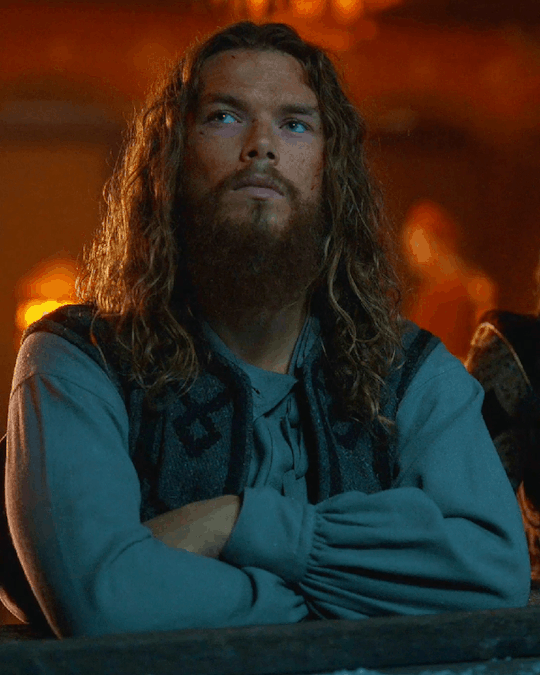

Sam Corlett as Leif Eriksson —Vikings: Valhalla (2022-)
Leif Eriksson, also known as Leif the Lucky (c. 970 – c. 1019 to 1025), was a Norse explorer who is thought to have been the first European to have set foot on continental North America, approximately half a millennium before Christopher Columbus.
128 notes
·
View notes
Photo

Early 19th century French devotional embroidery from the Sold Archives.
It arrived from France and went right back across the sea the next day.
“Fire of divine live, consume my heart night & day.”
396 notes
·
View notes
Photo
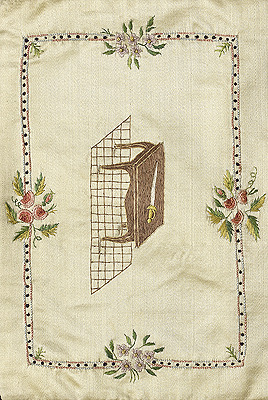
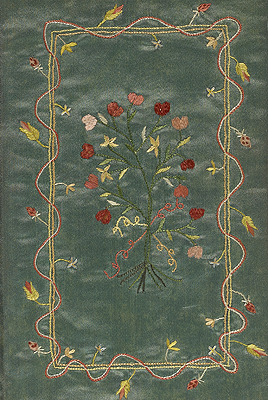
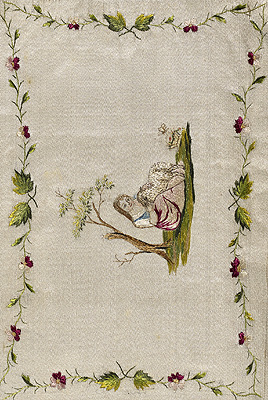
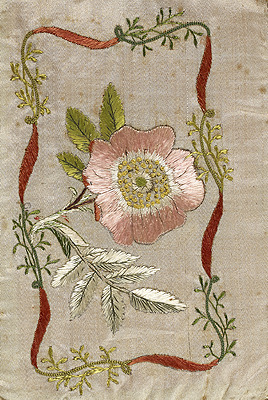
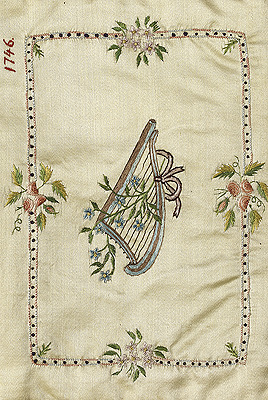
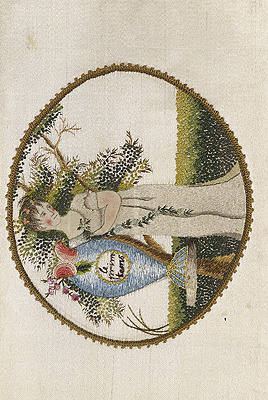
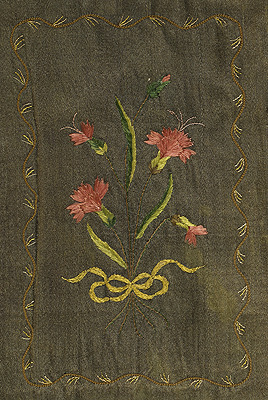
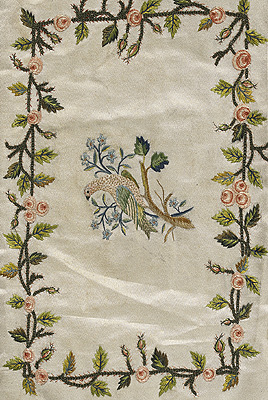
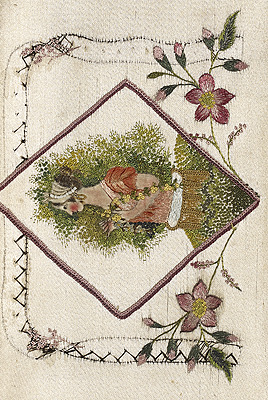
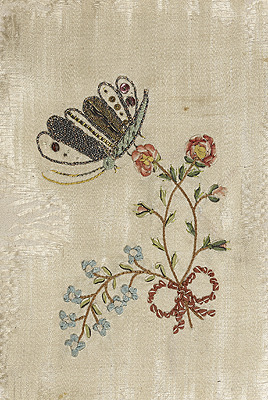
embroidered silk wallets, 1770-1820
The National Museum of Finland
7K notes
·
View notes
Text
The most interesting thing to me thus far about this whole goncherov thing is that Tumblr has collectively constructed some pretty convincing side characters for this movie. Katya leaps off the page as this frustrated woman caged by her lack of autonomy, Sofia coyly plays both sides and acts above it all when really she's desperate for the same freedom Katya is. Ice Pick Joe is a less developed character who nonetheless acts as a stand in for the inescapable nature of cycles of violence. andrey, loyal to a fault, gets pulled deeper and deeper into goncherov's orbit until there's no way for him to make it out alive
and yet with all that I have ZERO sense of who goncherov is supposed to be himself. i've see a lot of stuff suggesting that the film is theoretically about loss, including the loss of one's identity, shown primarily through the way goncherov becomes unrecognizable to himself by the time of his death at the end of the film (seeing himself in a fractured mirror is a common motif). it's very interesting to me that we have a fine time coming up with a group of collective blorbos based on mafia movie tropes, but somehow the main character feels unknowable, to the degree that we had to make that one of the core themes of the film.
23K notes
·
View notes
Note
How accurate is the ‘medieval peasants worked less then we do today’ statement? I looked it up because I find it very hard to believe, but had trouble making sense of it since history is not my strong point.
The answer to this is complicated, and represents a lot of (indeed, often erroneous) assumptions about past and present alike. Either the past is presented as a terrible place where everyone was miserable and dirty and assaulted all the time, or as an essentially more idyllic and pastoral place where people didn't have to contend with capitalism, credit scores, minimum wages, underpaid work, and all the other onerous apparatus of the modern economic system. Of course, neither the excessively bad or the excessively good version is true, and usually reveals more about the point that the modern debate wants to make, rather than anything to do with history itself.
First, I would like to note that the whole "all non-king medieval people were peasants" stereotype likewise really grinds my gears, and it is often presented uncritically in claims of this type, clearly intended to draw a parallel between overworked medieval people and overworked modern people. Which is fine, but again, not entirely accurate. As should be obvious to anyone who thinks about it for two seconds, medieval society consisted of all kinds of people and all kinds of occupations, both skilled and unskilled. Like, who do y'all think built the cathedrals? A bunch of random grain harvesters from nearby Podunkville? There were brute laborers who pushed wheelbarrows and hauled stones and etc, but there were also highly educated architects and engineers, who knew how to do things like make sure Durham Cathedral would minutely adjust over hundreds of years to the boggy ground it was built on, and not just fall down. There were master artisans, masons, glassworkers, sculptors, carpenters, etc etc. (See the creator of a recent "medieval" Netflix show claiming that medieval people had no use for art and me wanting to kick him like a football into the stratosphere). In towns, there were merchants, brewers, embroiderers, greengrocers, butchers, bakers, everything else you need to run a basic local economy. There were soldiers and mercenaries and other military occupations, which became increasingly professionalized throughout the medieval era and not just a matter of recruiting the local guys from down the road. There were priests and clerics and an extensive church bureaucracy. There were academics and professors and scholars and writers. Etc etc etc.
Anyway, the point is that when you're talking about medieval peasants, you're probably referring to the people who lived in largely rural or agrarian environments and made their living primarily from subsistence farming and animal husbandry for a landlord. Obviously, they did work hard in physically grueling occupations (though they were generally not malnourished and starving, as I have written about before, except in years of bad famine or crop failure, and then their wealthier employers would suffer too, because they all existed in the same material goods universe, whereas the rich and poor are millions of miles apart today). Their wages were often low, and even in the absolute worst of the Black Death’s first wave in 1349, King Edward III of England issued the Statute of Pleading that attempted to keep wages down and prevent peasants from negotiating for higher rates, even in the middle of a literal fucking apocalyptic plague and crushing labor shortage. (He was ultimately not successful). Widespread discontent with the exploitation of the peasantry, the crushing tax rates to fund pointless foreign wars, and other oh-hey-that-sounds-familiar problems led to the Peasants' Revolt in 1381, and the widespread popularity of the Lollards, a social and religious reform movement who criticised the static hierarchy and endemic inequality of medieval European society. So there were obviously some of the same problems as there are today, especially in regard to economic inequality and systemic oppression, and medieval peasants, far from being stupid sheep who just put their heads down and took it, were just as involved in trying to organise movements and protests to change it.
However, medieval peasants did not exist in global capitalism (obviously) and thus both their work and the reason for it was different. This was before the Protestant Ethic of the late 19th/early 20th century, that explicitly linked religious salvation with hard work in the capitalist system. Martin Luther bitched about indulgences so much because it was an accepted system to just pay the church something and be like "okay I'm good, I can kick back and not worry about it." (The medieval Catholic church had many, MANY problems, but the fact that Luther is so often presented as the "good guy" heroically saving these lazy dissolute people tells you all you need to know about how Protestant triumphalism informs Western historiography). In 1215, at the Fourth Lateran Council, Pope Innocent III had to issue an explicit degree to order people to go to church or take communion more than once a year, which he would not have had to do if they were all mindlessly devoted zealots who spent every waking moment there. Medieval people liked to sleep late and chill out on Sunday, just like modern people do now.
Obviously, religion was a more explicit and structured part of their lives than it generally is now, but sometimes the "medieval people worked less" argument is presented as the all-powerful and Machiavellian church craftily providing the people with a lot of public holidays so they didn't revolt against them. As noted, medieval people complained about and ignored and rebelled against the church anyway, and anyone who ever tells me that they were all uniform and brainwashed and always accepted the Catholic church's view on things needs to read one (1) book on the 13th century. Besides, the church just never had that level of total control over society anyway, and this presumes that everything they did was in deliberate bad faith solely to preserve their secular/social power -- which, while secular/social power was also often at stake, is likewise a wildly simplistic misreading of how things actually worked, and what the church actually wanted to do.
There were indeed a lot of public holidays, both religious (i.e. saints' days) and folk (Lammastide, the harvest, Celtic festivals, etc), where people weren't expected to work, and/or to go to church instead. As noted re: Pope Innocent and his struggles in this department, this was often not necessarily the case. There were also ordinary community holidays like house-raisings, weddings, christenings, Christmas, etc etc., where people could (and did) often have a good time for days. There were fairs, tournaments, carnivals, markets, and other opportunities for leisure or to attend entertainment events. So it certainly wasn't the case that peasants were always slaving away with no respite, and that if they weren't working, they were in church. They also didn't have to work for their entire lives; elderly peasants could retire and be supported on a portion of the overall estate yield, in medieval social security, and if this wasn't given to them, they could and did sue their landlords to get it. So yet again, medieval life was NOT just nothing but filth and misery and being worked until you dropped. People are people. They have lived as people in all ages and eras of the world. They have enjoyed themselves and worked and lived and died. We do need to examine the very real problems of the modern world, but I continue to hope, however vainly, that we don't need to keep relying on excessively distorted versions of the medieval world to do it.
517 notes
·
View notes
Photo

Exaggerated topographic map of Tuscany, Italy.
by @verygoodmaps
143 notes
·
View notes

